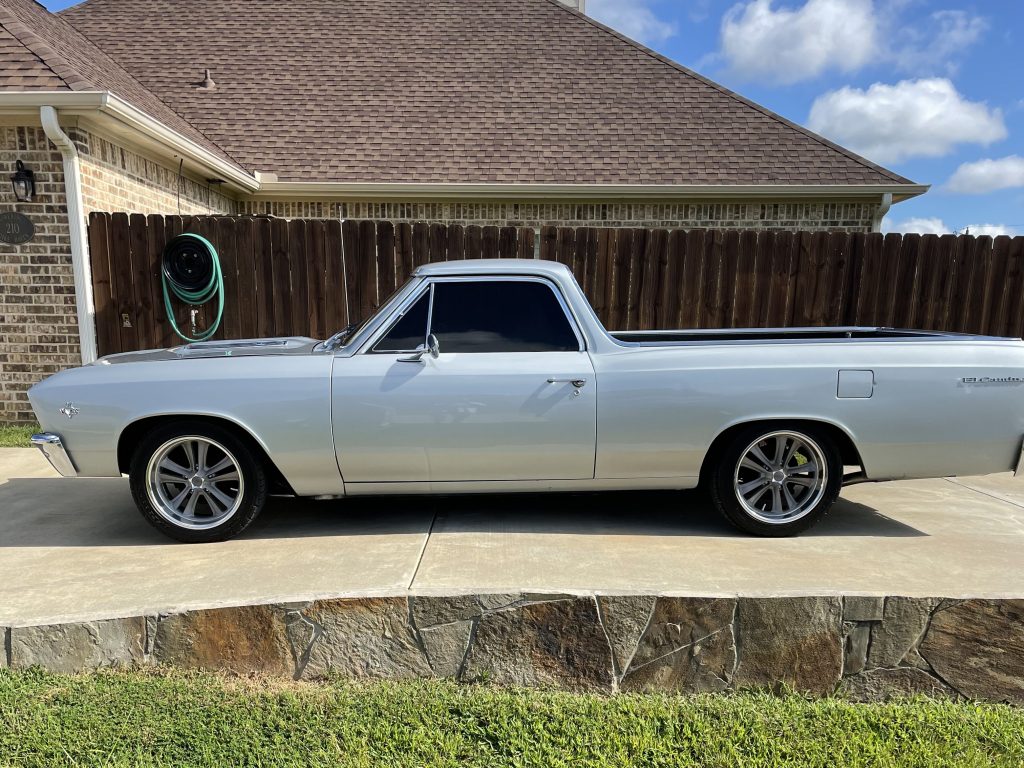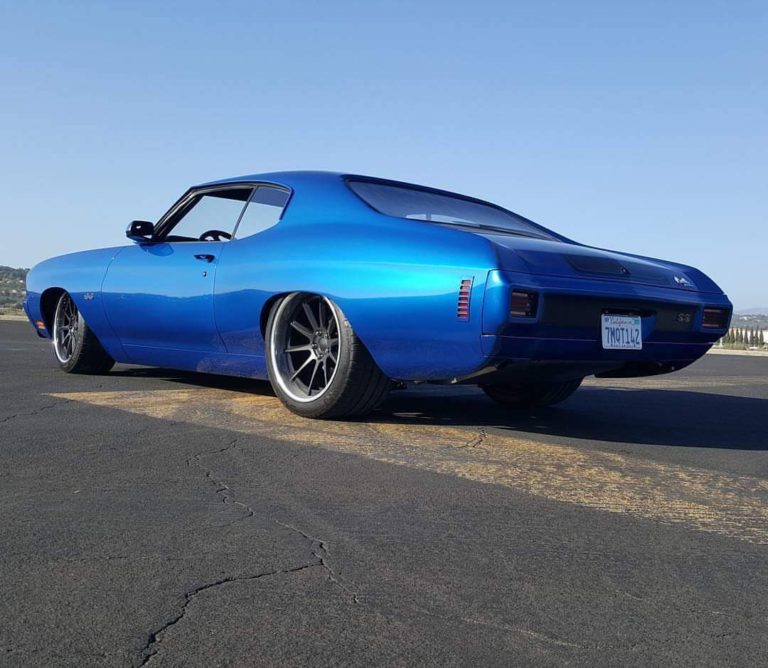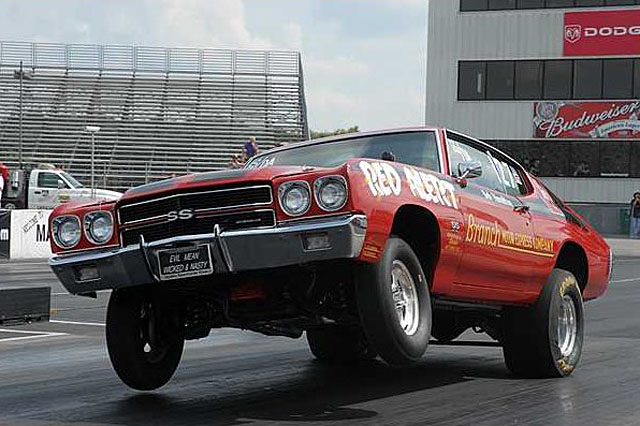
Gordon B’s 1967 El Camino
Gordon’s ’67 El Camino used to belong to his step dad, Dominic. He purchased it from the original owner, who only had it for two
The tire aspect ratio is a critical aspect of understanding your vehicle’s tires and plays a significant role in determining their performance characteristics. One of the biggest things you can do to change the ride quality of your vehicle is to change your sidewall height.
The aspect ratio of a tire is a numerical representation that indicates the height of the tire’s sidewall as a percentage of its width. It is expressed as a two-digit number after the slash (/) in the tire size designation. For example, in a tire size of P215/60R15, the aspect ratio is 60.
In this example, the 215 represents the width of the tire in millimeters. For that same 215/60/R15 tire, that would mean the width is 215 millimeters, and the sidewall is 60% of that, or 129 millimeters tall.
The aspect ratio is calculated by dividing the tire’s sidewall height by its width. The result is then multiplied by 100 to get the percentage. Using the tire size mentioned above as an example:
Aspect Ratio = (Sidewall Height / Tire Width) × 100

Ride Comfort:
High Aspect Ratio (e.g., 75 or greater): Tires with a higher aspect ratio generally have a taller sidewall. This tall sidewall allows for more flex and absorption of road irregularities, contributing to a smoother ride. Cars with a focus on drag racing typically have a taller rear sidewall so the tire can flex more to grip the track at launch.
Low Aspect Ratio (e.g., 50 or lower): Tires with a lower aspect ratio often have a shorter sidewall, providing less flex. While they may enhance responsiveness, they can ride a bit rougher than a tall sidewall.

Handling and Responsiveness:
High Aspect Ratio: Tires with a higher aspect ratio offer more sidewall flex, which can lead to a bit of ‘roll’ during cornering. This can make the handling feel softer and less responsive compared to low aspect ratio tires.
Low Aspect Ratio: Tires with a lower aspect ratio have a stiffer sidewall, providing improved responsiveness during cornering. The reduced sidewall flex enhances the tire’s ability to maintain contact with the road, contributing to better handling. This is the type of sidewall you’ll see on Pro-Touring type cars that are made to go around corners.
Aesthetics and Performance Look:
High Aspect Ratio: Tires with a higher aspect ratio often provide a more classic and traditional appearance. This look can be associated with comfort-oriented vehicles.
Low Aspect Ratio: Tires with a lower aspect ratio typically have a sportier and more aggressive look. This aesthetic is commonly associated with high-performance and sports cars.

When selecting tires for your vehicle, it’s important to consider your driving preferences, the type of vehicle you own, and the driving conditions you frequently encounter.
Comfort-Driven Vehicles:
Performance-Oriented Vehicles:
Understanding the tire aspect ratio helps you to make informed decisions when it comes to replacing or upgrading your vehicle’s tires. Thinking about the impact of aspect ratio on ride comfort, handling, and aesthetics, you can choose tires that align with your driving preferences and the style of your build. Whether you prioritize a plush ride or crave the responsiveness of a sports car, the aspect ratio plays a pivotal role.
If you need any help choosing the right tires for your ride, give our friendly techs a call at (203) 235-1200 or hop on SS396.com for all your parts and accessories!

Gordon’s ’67 El Camino used to belong to his step dad, Dominic. He purchased it from the original owner, who only had it for two

Tax Day Sale! Get 10% Off* when you apply the Code: TAX25 during checkout on orders over $249, valid until 04/13/25 (9pm ET). Save on the essential parts that keep your restoration moving forward.

Get $25 Off* when you apply the Code: SPS25 during checkout on orders over $299. Max Discount $25. Valid until 03/27/25 (9pm ET). Don’t miss out on this opportunity to save on the essential parts that keep your restoration moving forward.
